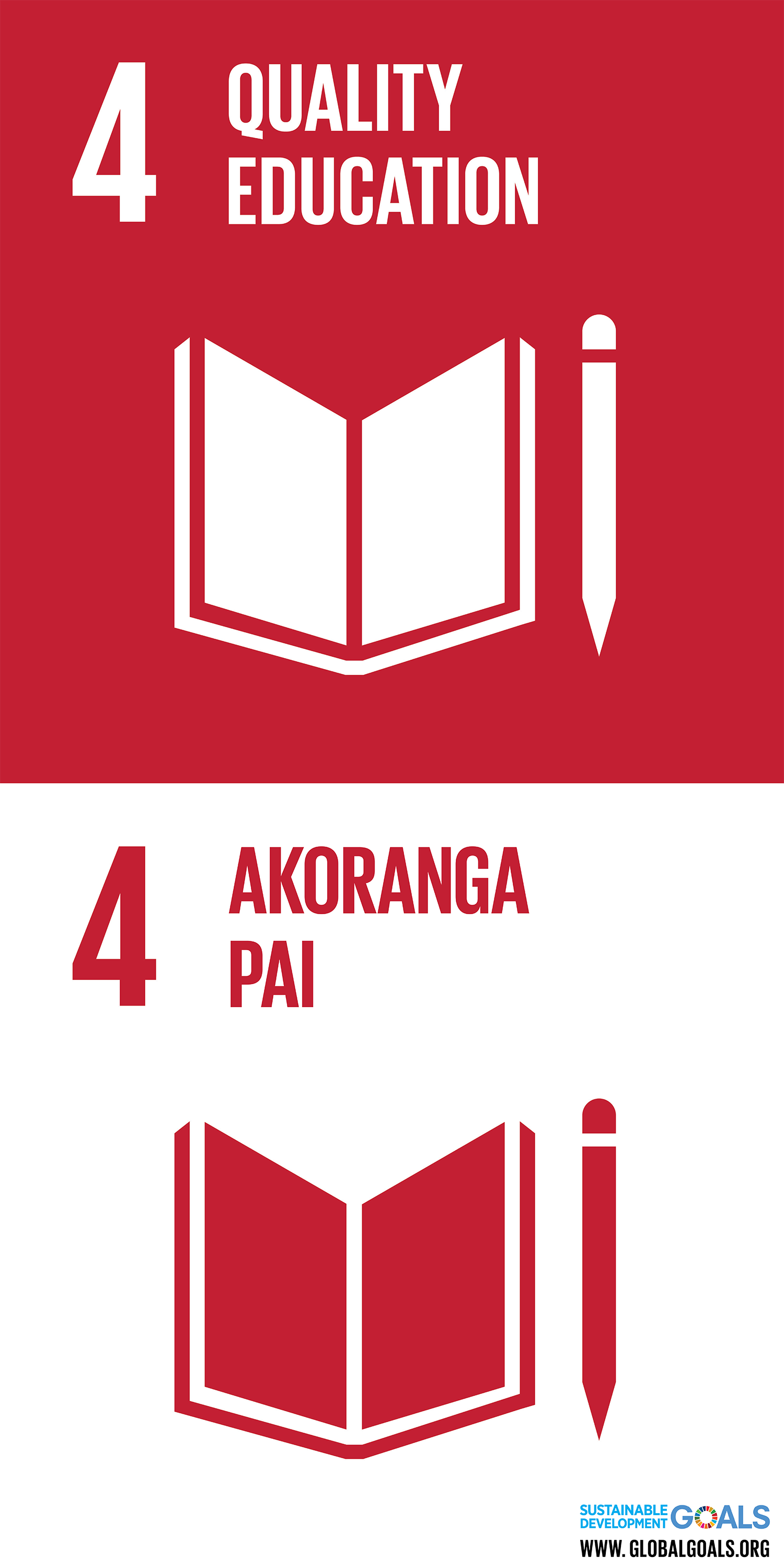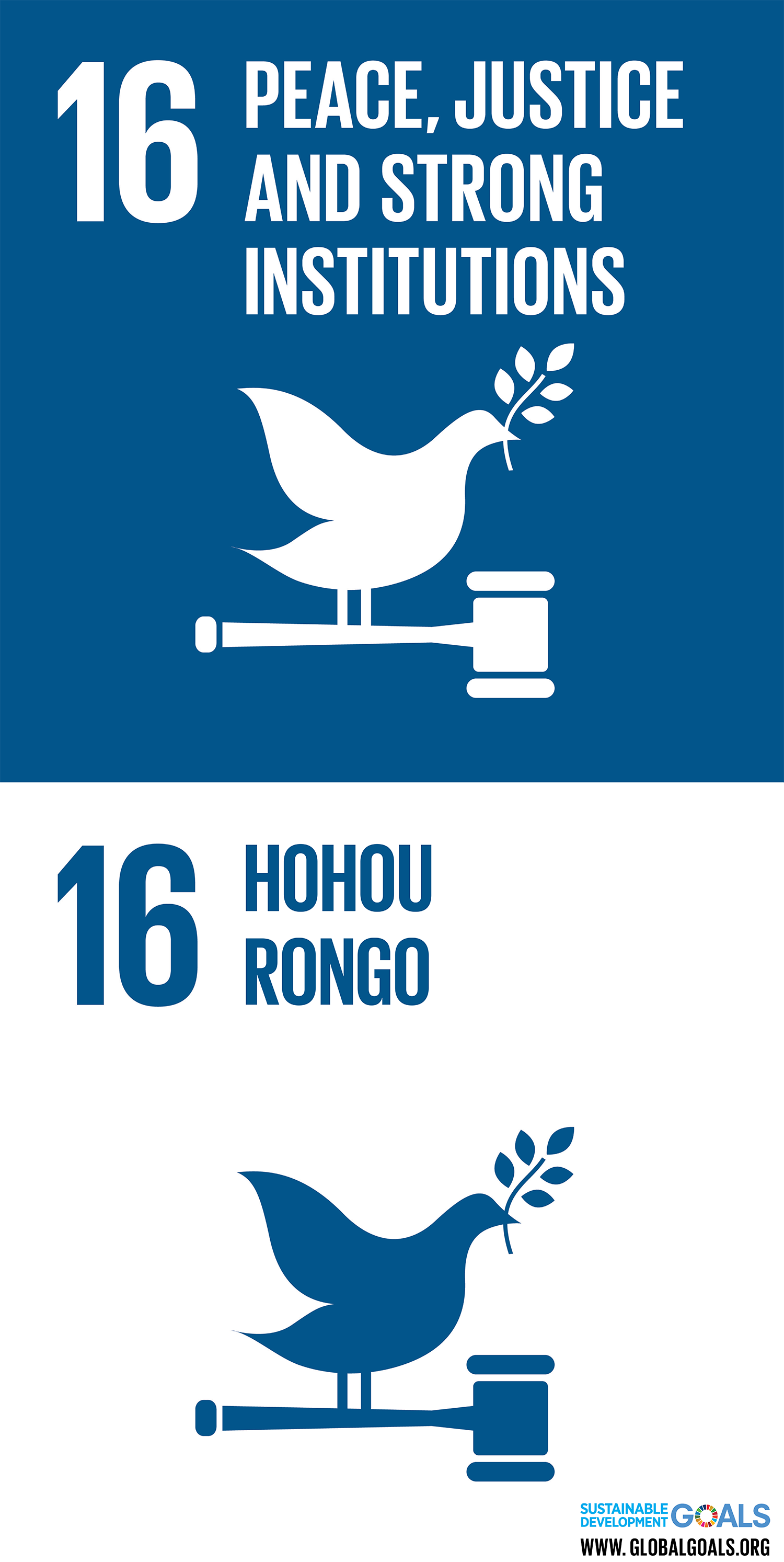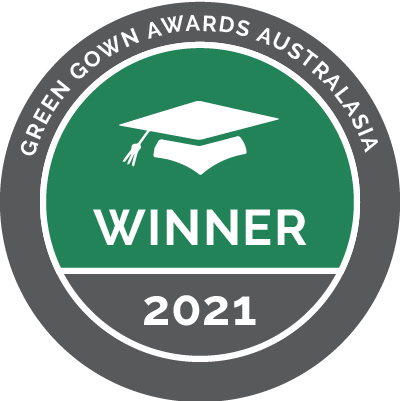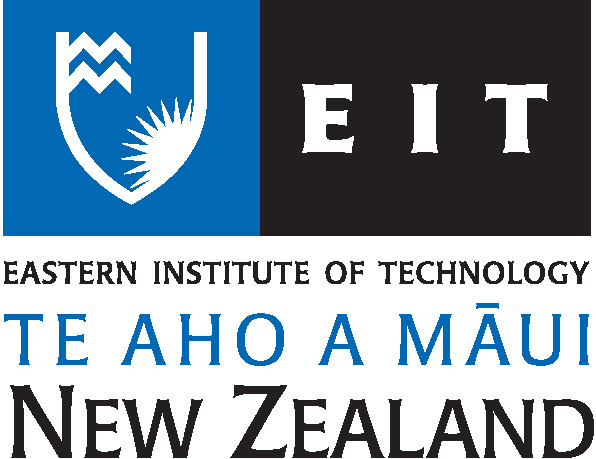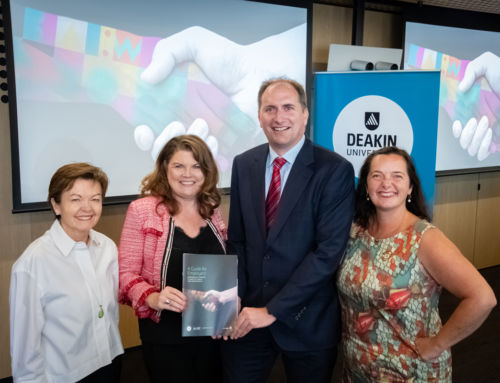Ko au te taiao, ko te taiao ko au : I am nature, nature is me
Last year’s application described the development of the Ōtātara Outdoor Learning Centre (OOLC) and related activities, enabling Learning in Nature (LIN) within an immersive mindspace. This year’s application describes the project’s increased community reach and enhancing lives by connecting people with nature and cultural heritage. LIN has developed through research and regional engagement with educators and learners at EIT and through communities of practice; advancing teacher ability to embed nature literacy into the early childhood to post-graduate. This is an authentic collaboration between a tertiary education provider (EIT), local indigenous hapū (Māori kinship group) (Ngāti Pārau), central and local government, and environmental groups. Project reach has extended to greater campus engagement through initiatives that includes the employment of an Environment and Sustainability team, a waste minimisation awareness project, and a commitment by the Students’ association to work towards eliminating single-use plastic bottles on campus.
> The initiative
Te Aho O Māui (EIT) is committed to providing quality learning experiences to facilitate sustainable decision making and understanding of how subsequent actions affect the environment. To achieve this we established a unique, regionally based (east coast of NZ North Island) collaborative project, embedding nature literacy within the region’s educational culture. The initial focus was to support EIT’s Bachelor of Teaching (Primary and Early Childhood Education) students and practicing teachers in the region to use nature as the context for learning, and to embed te ao Māori (Māori world view) into all that we do. Initial funding was provided by the Air NZ Environment Trust with significant financial and staff resources from EIT. The project’s history was included in our 2020 GGA submission. Since our last application, we have expanded the activities and reach of the project through additional funding granted by the local Pan Pac Environmental Trust (a national forestry business) as well as with the support of our collaborative partnerships including; local iwi (Ngāti Pārau) (local guardians/kaitiaki), Department of Conservation, Predator Free Hawke’s Bay, the Hawke’s Bay Regional Council and numerous organisations such as local schools and community groups. Funding has enabled us to develop and deliver a series of co-designed teacher professional development workshops making use of the Ōtātara Outdoor Learning Centre (ŌOLC), at EITs Taradale campus. We have now established a Sustainability and Environment team at EIT that has a permanent manager, and two environmental education outreach facilitators. The team promotes and delivers learning in nature, sustainability initiatives, and supports the development and use of the ŌOLC to benefit communities in the region. In addition, the team is leading the development of communities of practice to share best practice across the curriculum in New Zealand, as well as working with national environmental educators to co-develop new educational resources and approaches.
Examples of the work that has been achieved so far to enhance nature literacy skills and confidence include: embedding nature literacy and sustainability values within EIT’s programmes and campus wide services (including facilities management and hospitality services); providing professional development across the curriculum from early childhood through to postgraduate study; establishing regional communities of practices for facilitating the co-design of education resources with teachers for teachers; creating campus-wide nature spaces; initiating sustainable approaches to change ‘business as usual’ at EIT as well as working with the other NZ institutes of technology, and continue with the development of the ŌOLC (as described in last year’s application). These approaches enable us to influence current students, graduates entering the workforce across multiple industries, future and practicing teachers and ultimately business practices for a sustainable future for all. The Learning in Nature Project has far reaching, long-term benefits across the wider community, promoting the concept of: Ko au te taiao, ko te taiao ko au : I am nature, nature is me.
The project is enabled by the location of the ŌOLC on the EIT campus and adjacent to the Ōtātara Pā Historic Reserve, which once formed part of one of the largest Māori settlements in New Zealand. The Centre is enriched not only by its cultural significance and ecological value but through providing a network of walkways connecting the built with the natural landscape which consists of historic gardens and structures, a natural gully planted with native species by students at EIT and local schools, a debating tree, and inspiring ‘mind spaces’ such as the terraced bee gardens, an open air teaching and performance shelter and a refurbished log cabin that acts as a model sustainable building to inspire responsible environmental behaviour in the community.
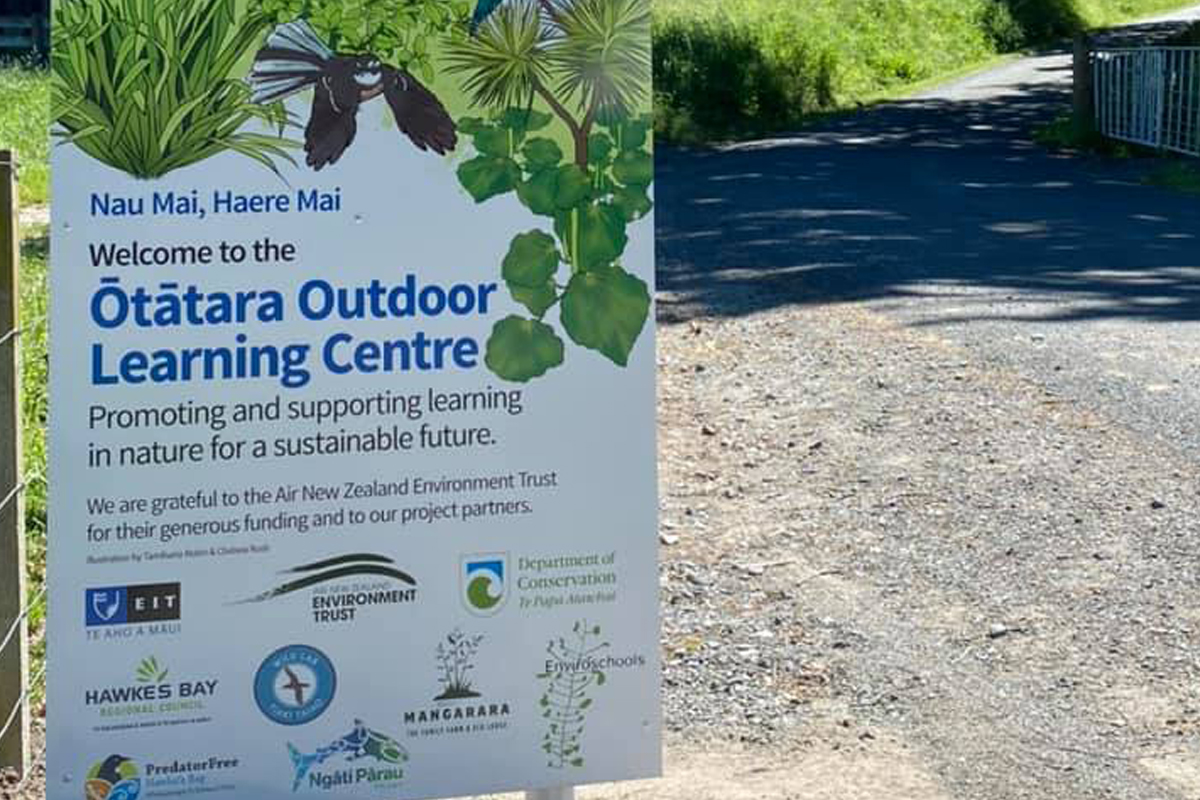

> Environmental and social benefits
The Learning in Nature project has been a catalyst for several environmental and social benefits. We have accomplished:
Greater regional collaboration: Several organisations now work together on regional-wide Learning in Nature projects including Ngāti Pārau, Hawke’s Bay Regional Council, Department of Conservation, Biodiversity Hawke’s Bay. This has extended the awareness, credibility and leverage of the project. We lead environmental-education initiatives which positively impact communities.
Increased nature literacy in schools: Embedding nature literacy within EITs own Bachelor of Teaching Primary and Bachelor of Early Childhood Education programmes and professional development workshops have resulted in the increased reach and longevity of nature literacy within our region’s schools. There is sustained use of the ŌOLC by local schools.
Localising the curriculum and spiritual health: There is a desire for the local curriculum to be unique and responsive to preferences and issues of the community. The project supports schools to link with local iwi and places of local significance to support better connection to the environment increasing a sense of belonging and taha wairua (spiritual health).
Behaviour changes within EIT: increased engagement with nature through teaching and learning outdoors, provision of nature spaces, and the development of the ŌOLC have been a catalyst for significantly changing the ways sustainability is considered within EIT including: establishing walking tracks, enabling people to take a break in nature; making more informed decisions about procurement and waste management, including an overhaul of recycling. An integrated land management plan focusing on enhancing the ecology, spaces for health and well-being, acknowledging the history and cultural significance of the area, has been written in consultation with Ngāti Pārau.
Working across curriculum subjects and levels: the nature spaces, resources and working alongside kāhui ako (Communities of Learning established by the Ministry of Education) has enabled the education community to work across different subjects and levels, from Early Childhood to Postgraduate level, for the benefit of all learners.
New nature-based tertiary programmes: In 2020 a two-year Diploma in Environmental Management was launched. The final year of the degree is offered from 2022 in collaboration with a tertiary Institute in Auckland, with students working on projects in the local region, and in 2021 a one-year Certificate in Outdoor Education and Adventure Education was offered.
Enriching learning in a contemporary space: Several EIT programmes regularly use the ŌOLC, including: Nursing, Māori Studies, Business, Health and Sport Science, Hospitality, Horticulture and Environmental Management, Hairdressing, Creative Arts, Music, Architectural Technology, and Wine Science.
Connecting with cultural history: The ŌOLC has provides many opportunities for EIT and school students to connect with the cultural history of the local landscape. Traditional Māori knowledge is shared, enhancing belonging and ensuring (hi)stories are kept alive.
Developing sustainable teaching practices: External partners provide specialist advice enhancing our teaching, research and best land management practice.
Leading a national ‘Learning in Nature’ community of practice: Conferences, policy think tanks and research forums have enabled project findings to be shared and a roadmap for Learning in Nature spaces to be incorporated into the campuses of all 16 NZ Institute of Skills and Technology subsidiaries (Te Pūkenga), to create nature learning opportunities for students studying a wide array of disciplines.
Research: Several LIN studies have been undertaken including a photo voice exhibition in collaboration with the University of Waikato, to showcase how learners have experienced the ŌOLC and Learning in Nature spaces.
Student Leadership Programme: Aimed at practicing teachers, three EIT students were chosen this year to attend a prestigious residential Learning in Nature leadership programme with the Blake Inspire Trust and Ministry of Education – the first student teachers to be accepted.
> Leadership and engagement
There are several unique and innovative aspects which make the Learning in Nature project distinctive, including:
- Authentic Regional collaboration with Ngāti Pārau, Department of Conservation, and the Hawke’s Bay Regional Council, with EIT developing opportunities to support educators to maximise the use of the environment in the context of learning, inspiring cross-curriculum projects.
- The project is a catalyst for lifelong learning and changing views and behaviours relating to the environment, ultimately supporting individuals to become kaitiaki (guardians) of our natural environment.
- We are working together with community partners towards a common goal to benefit society through connecting people with nature, and enabling people to become innovative and responsible global citizens.
- We are building the knowledge, capability and confidence of educators bringing learning in nature into the mainstream curriculum, enabling them to underpin knowledge and resources for their own schools.
- We are supporting the localisation of the education curriculum, as well as enhancing wellbeing and spiritual health through student use.
- We are connecting educators across the region (and nationally) to build several communities of practice around greening the curriculum, developing resources collaboratively, connecting educators, breaking down traditional education silos, addressing barriers to learning outdoors and collaborative research.
- The ŌOLC and Learning in Nature project model a truly community centred initiative – a project driven by community, for community and with community. Thus ensuring its longevity.
> Wider societal impact
Not only is this project proving beneficial to our regional communities, in that it provides a space, resources and expertise to develop the connection our ākonga (learners) have with the local natural environment and cultural context for learning, it also has far reaching implications for our society and future sustainability. By enabling educators to gain confidence and skills to teach their learners in a nature-based context, we embed the principles of sustainability and kaitiakitanga (guardianship) into mainstream education. Enabling future generations to understand the significance of their connection to our natural environment, will not only improve their health, wellbeing and resilience but also ensure a sustainable future for all. For EIT and the wider Te Pūkenga tertiary network across New Zealand, this work has created novel opportunities for research, and assisted in breaking down silos within and between educational disciplines, year levels and even tertiary institutes by promoting cross-curricular working and collaboration.

